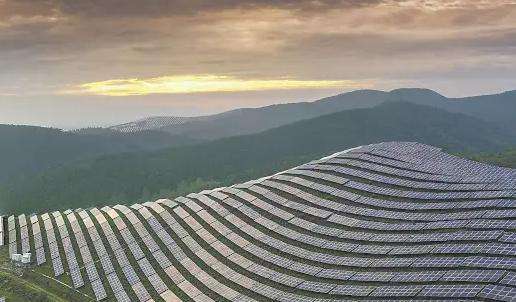You can do an experiment, take 2 paper pinwheels and place them in front of the fan, one behind the other, to see if the bottom one will spin.
Once the wind turns a generator to produce electricity, the wind energy is converted to kinetic energy and the wind energy is reduced. If there is a generator directly behind it, the wind energy received will be reduced.
-------------------------------------------- ----- -------------
Additional information:
1. As the poster says, if installed in a pipe, the windmill on the back will naturally rotate, because when the wind blows from one end, it will inevitably blow from the other end, because the pipe changes the wind direction, forcing the wind direction disturbed by the windmill to return to its original direction. But wind turbines are built in nature and the wind flows freely without a pipe to hold it back. The wind blowsit in one direction, and after passing the wind turbine, its direction is disrupted and its speed is reduced.
2. I don't quite understand this question.
The wind turbine rotates slowly because the wind speed at that time is slow. The faster the wind speed, the faster the rotation speed. The wind does not only blow between the blades, because the direction of the blades is not parallel to the direction of the wind, but at a certain angle. The wind blows on the blades, causing them to spin. During this process, the wind works on the blades and the kinetic energy of the wind is converted into the kinetic energy of the generator.
Let's take an extreme example: when the wind blows on a wall, the wall does not fall, the wind speed drops to zero and the wall receives an external force. If the wall collapses, the wind speed will not be zero, but the speed will slow as work is being done on the wall – the same principle as a generator.
-------------------------------------------- -- --- -----------
2 additional:
1. As the poster says, air entering the duct is theoretically continuous. wind enters a uniform duct (same duct cross section) and the instantaneous velocity leaving the duct must be the same because there is no loss of air volume. This should use all the fans to spin.
The condition we assume here is a cylindrical pipe with the same cross section. Since the wind direction does not change, we draw the above conclusion. The original poster previously assumed a small box with two opposing holes. If it's a square box (the kind with edges), it's hard to tell whether to open two holes on each opposite side. Since gas swirls will occur in the corners of the square box, we also need to take into account various changes in the gas insideof the box. . . Very complicated. If you are interested, I suggest you read some books on fluid mechanics.
2. When the fan blades are stationary, the gap between them is indeed large; but once the fan blades rotate, the gap between them will become smaller. For example, when an electric fan is running, can you see the spaces between its blades? ----can't. But when you turn off the switch, the fan blades spin slower and slower and the gaps become more and more obvious.
Therefore, when the wind turbine blades are stationary or slowly rotating, there will be breeze or air passing between the blades; when the wind speed increases and the blades spin faster and faster, there is no doubt about the gap.














